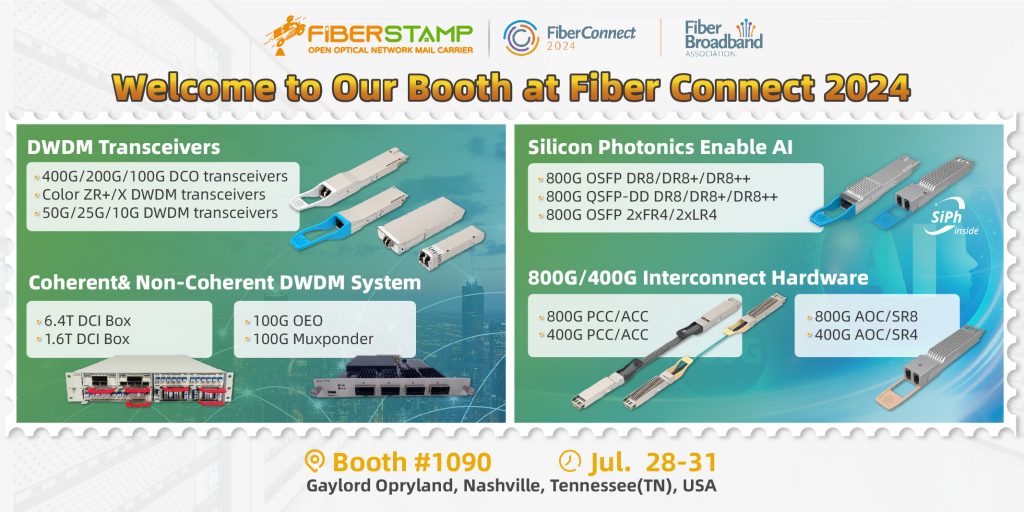The rapid development of artificial intelligence has led to an increasing demand for high bandwidth and high-speed data transmission, further driving the development of 800G technology. In this process, PAM4 (Four-Level Pulse Amplitude Modulation) and silicon photonics technology have played crucial roles. Let’s delve deeper into the roles of these two key technologies.

PAM4 technology has proven to be a highly cost-effective method that can double the effective data rate of a single channel without increasing the bit rate. Previous technologies used NRZ (Non-Return-to-Zero) modulation, where each symbol represented one data bit (0 or 1) with two signal levels. PAM4, on the other hand, uses four signal levels, with each symbol representing two data bits (00, 01, 11, or 10). While PAM4 offers higher data density, it is more sensitive to signal noise, requiring forward error correction (FEC) and equalization to improve signal quality and reliability. This technology is highly useful in high-speed data transmission.
In practical applications, PAM4 was initially applied to 50Gbps channels, replacing the 50Gbps NRZ solution as a more cost-effective choice. Today, 50G PAM4 (with a maximum bit rate of 56Gbps) is mature and supported by various switch, router ASICs, and optical modules. This has facilitated the mass production of 400G client optical modules and the deployment of 200GE connections in data centers using QSFP-DD/OSFP and QSFP56 optical modules. Furthermore, 100G PAM4 technology is also mature, enabling more cost-effective 100GE and 400GE with four-wavelength single-mode fiber (SMF) links. This supports the introduction of 25.6T switches and routers, driving the rapid growth of 800G ports.

Another key technology is silicon photonics, which integrates photonic components and high-speed transceiver functions onto a silicon substrate. This technology has been widely used in 100G and 400G optical modules. By utilizing silicon photonics technology, optical modules can be mass-produced in standard wafer fabrication facilities, simplifying and reducing the cost of optical module assembly. This integrated approach is particularly crucial for high-density optical modules with multiple channels and coherent optical modules with complex optical functions.
As switch capacities continue to grow, and serial interfaces evolve, optical integration becomes even more critical. Co-packaged optical switches are a growing trend, allowing silicon photonics chips to be co-packaged with switch ASICs, potentially eliminating the need to insert optical modules into front panels. This is crucial for high-capacity 800G solutions. The IEEE 802.3df working group is developing 800G and 1.6T Ethernet standards, including 800 Gigabit Ethernet with eight 100G channels or four 200G channels. The development and synergy of these technologies will further drive the progress of 800G technology to meet the demands of high-demand applications such as artificial intelligence.
In summary, the increasing applications of artificial intelligence have propelled the development of 800G technology, with PAM4 and silicon photonics technology playing crucial roles in achieving higher bandwidth, faster data transmission speeds, and greater network communication density. The synergistic effects of these technologies will drive innovation in the digital communication field and meet the growing demands for high-speed data transmission.
Data reference from 《800G Client Optics in the Data Center — A Heavy Reading white paper produced for Cisco》, SIMON STANLEY, ANALYST AT LARGE, HEAVY READING




